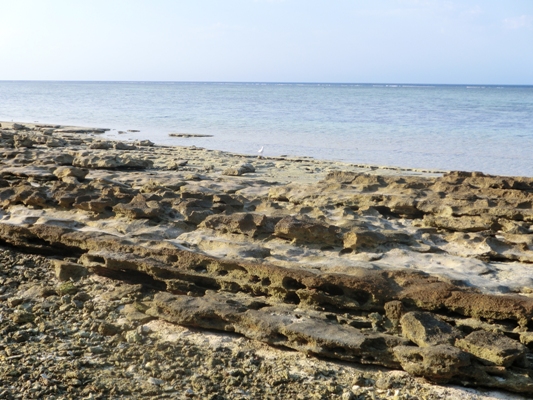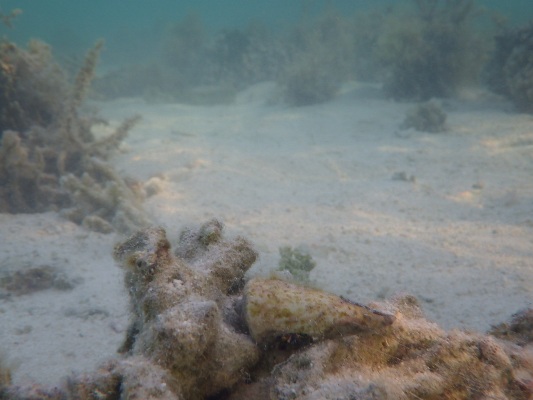Ecology
Habitat
C. latens is one of the most abundant species in the reef, and found on a variable substrates from the beach rock to rubble crest (Mather & Bennett 1993;Tudge 1995). However, this species appears to prefer subtidal habitat to intertidal or tide pool, possibly because the former provides the rocks and corals to hide from predators (Gherardi & Nardone 1997), whereas the latter involves increased risks of predation and desiccation along with the limited availability of the preferred shells (Bach & Hazlett 2009). The experiment by Bach & Hazlett (2009) indicated that the crabs in good shells managed to stay in subtidal whereas those in unusual shaped shells could not, supposedly due to the higher predation and the reduced ability to hold on in surge (see “Shell Selection” section). On the Great Barrier Reef, C. latens are known to be often associated with Calcinus laevimanus (Tudge 1995); however,there is a record of only narrow overlap between those two species in Maldives,where C. latens inhabited in the shallow subtidal and infralittoral zone and C. laevimanus in the mid- and supralittoral zone (Gherardi & Nardone1997).
a  b b 
|
Beach rock (a) and the sandy reef flat (b) in the southern part of Heron Island.
(Photos taken in Heron Island, September 2013) |
Feeding and Predation
Hermit crabs are scavengers and active during day and night (Mather & Bennett 1993). In turn, hermit crabs are important prey for many fish and bird species (McDermott, Williams & Boyko 2010). There were sightings that some seabirds drop the hermit crabs on the hard surface from several meters of height to crack the shell and extract the crab to consume (McDermott,Williams & Boyko 2010). The predation on hermit crabs allows the parasites to transfer to the next host including other crustaceans (lobsters and branchyuran crabs) and octopuses (McDermott, Williams & Boyko 2010). Parasites can change the behavior of the infected hermit crabs and increase the chances of predation so that they can transfer to the definitive host (McDermott,Williams & Boyko 2010).
|